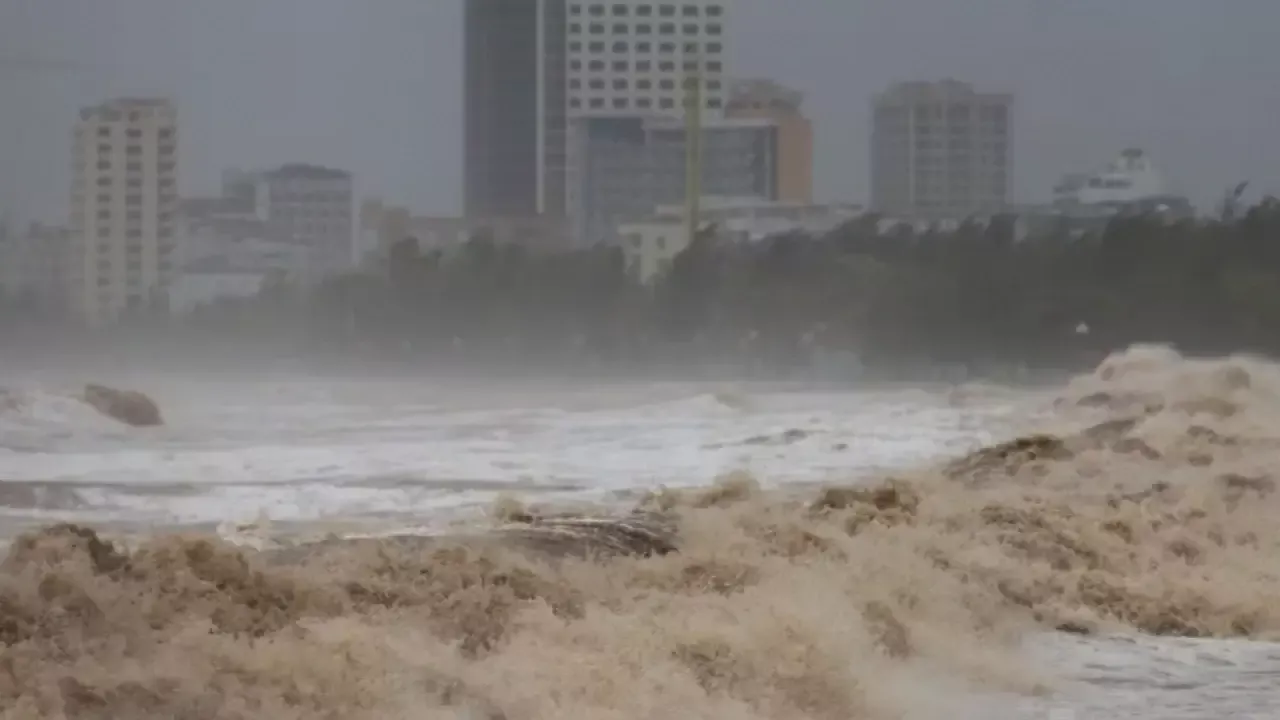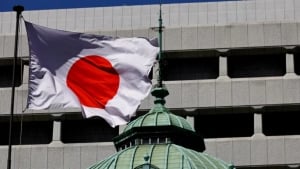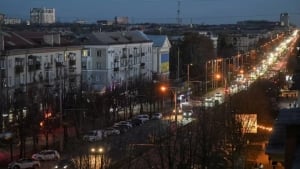
The Kajiki storm, which has engulfed Hanoi, the capital of Vietnam, and is still ongoing, is causing significant damage in the country. This was reported by Zamin.uz.
According to preliminary information published on the official government website, at least seven people have died due to heavy rain, and more than 12,000 houses have been destroyed or seriously damaged. Many areas of Hanoi remain submerged, and the city's infrastructure is under threat.
The flooding has caused major damage not only to urban areas but also to agriculture. Reports state that over 81,500 hectares of rice fields and 4,500 hectares of various crops have been lost.
This situation negatively affects the economic condition of the local population and increases the risk of food shortages. Additionally, 1.6 million people have been deprived of electricity, severely disrupting daily life.
Vietnam's Prime Minister Pham Minh Trinh has sent a special directive to the country's ministries, major corporations, and provincial governors. It outlines specific tasks to address the consequences of the storm.
All resources are to be mobilized to restore housing and transport infrastructure, rescue people in flooded areas, find the missing, and reduce the damage caused to agriculture. According to the meteorological agency, heavy rains will continue in the northern and northeastern regions of the country on August 27.
In some places, precipitation of up to 70 millimeters is expected. This forces the population and government to be prepared for floods and other natural disasters.
Experts and government agencies are urging the public to exercise caution and quickly take measures to protect homes and property in areas prone to flooding. For Hanoi and its surrounding areas, this storm has tested not only the forces of nature but also preparedness for emergencies.







